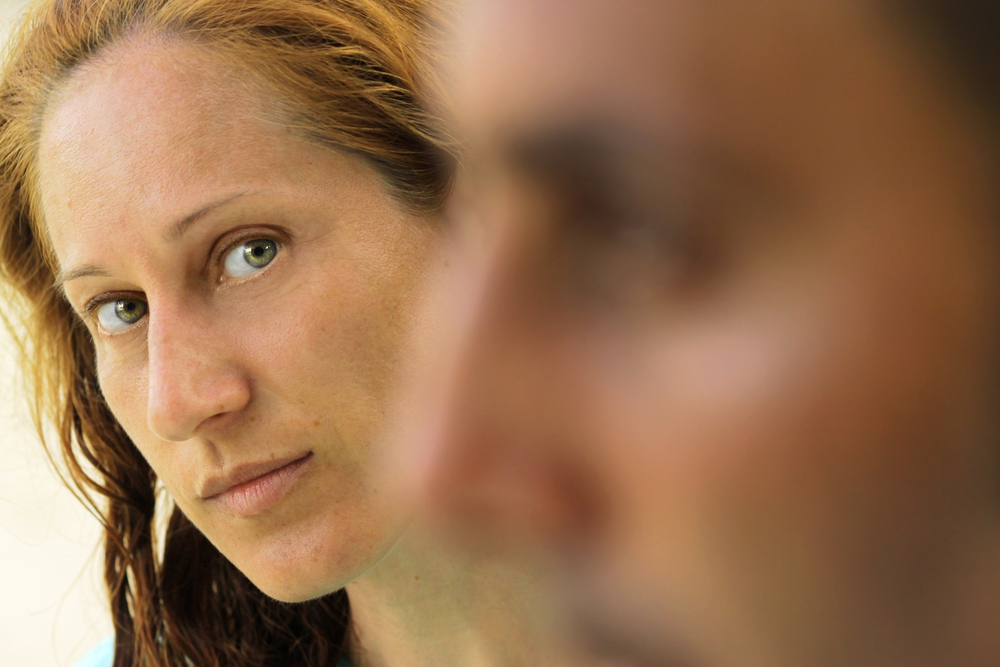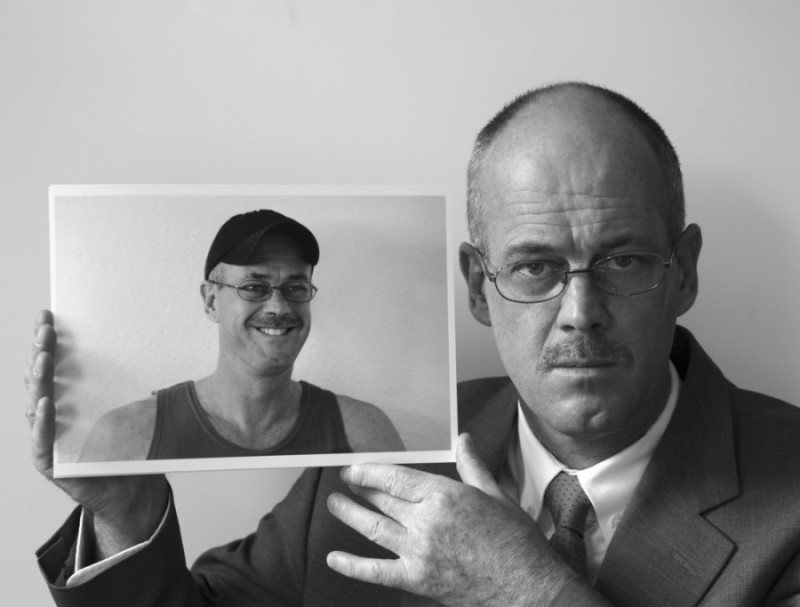
It is tempting to write 2016 off and move immediately into the new year, but that would mean overlooking some of the profound and fundamental lessons shared by StreetLeverage contributors last year.
While public speaking is one of the most fearful things humans can do, expressing one’s thoughts and perspectives via social media in two languages is probably a close second. Still, StreetLeverage contributors continue to inspire and amaze, bringing new insights and conversations to the table on a regular basis. If we were to measure the year in the depth and breadth of perspectives shared, 2016 would definitely be setting us up for success in 2017. So, before we bid 2016 adieu, we wanted to highlight a few examples of the generosity and courageousness shown by sign language interpreters and industry stakeholders in the last 12 months.
For Auld Lang Syne
Before we dive into our retrospective, we’d like to express our deepest gratitude to everyone who contributed, in large and small ways, to the StreetLeverage endeavor. Without the writers, readers, volunteers, thought-leaders, videographers, editors, and friends who volunteer their time and efforts to support us, StreetLeverage could not begin to amplify the voice of sign language interpreters or attempt to change the way we understand, practice, and tell the story of the sign language interpreter. For all your work, we say: Thank you. Thank you. Thank you.
2016’s Nine Building Blocks for Success
1. Bring Social Consciousness to the Fore
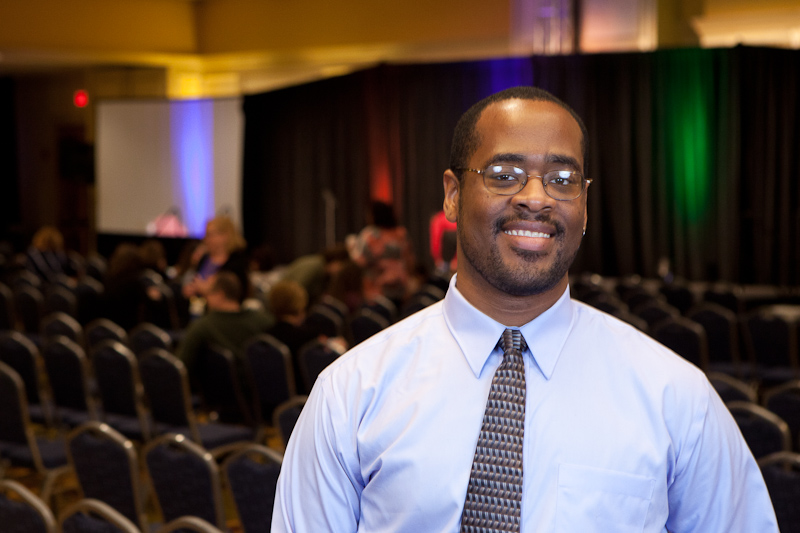
As practitioners in the field of communication access, social consciousness is a critical aspect of the work of all signed language interpreters. Joseph Hill’s presentation, Sign Language Interpreters: Practicing with a Socially Conscious Approach, at StreetLeverage – Live 2015 provides an avenue for us to start looking at identity and interpreting through a social justice lens. As we continue to delve into the skewed relationship between interpreter demographics and consumer realities, we look to thought leaders to help us find greater understanding and paths to improvement.
2. Reach Out to Deaf Interpreters
Another evolution in the field of interpreting that continued to manifest itself in 2016 was the reintroduction and strengthening of the presence of Deaf Interpreters in the field. While this evolution is happening, progress is slow and sometimes arduous as Jeremy Rogers explains in his article, Where’s the Welcome Mat? Opening the Door to Deaf Interpreters.
3. Look at Insider Discourse Under a Microscope

Semantics matter. As sign language interpreters, language is our currency. Despite this fact, we don’t always consider the impact language has on perspectives when it comes to the words we use to describe our work. Kelly Decker’s article, What Are We Really Saying? Perceptions of Sign Language Interpreting, showcases some current examples of language we use in our insider discourse that may impact perceptions about the work we do and those with whom we work. With lively conversation, this article lit up our comments board, and we hope it continues to do so.
4. Inject Humor and Humility into Our Practice
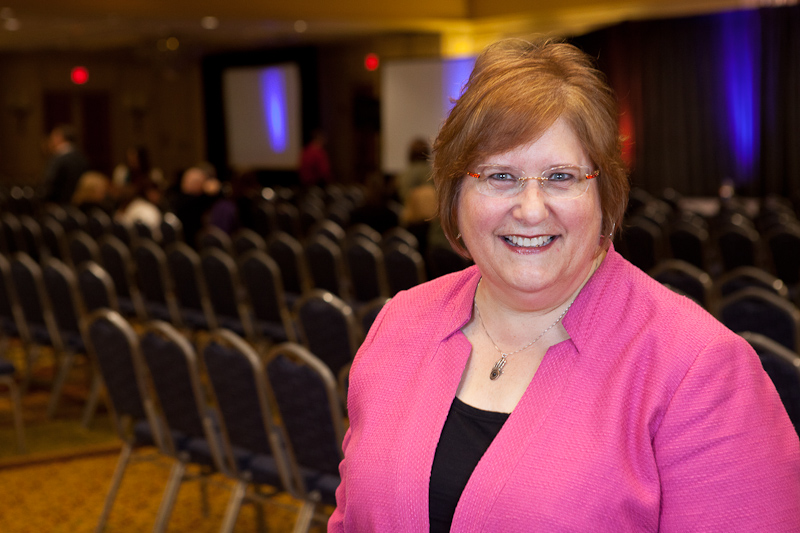
As one of the field’s most beloved teachers and mentors, Sharon Neumann Solow inserts equal parts humor, humility, and straight-forward talk into the conversation in her StreetLeverage – Live 2015 presentation, Genuine Confidence: Why Can’t It Be All About Me?. By sharing personal stories, Sharon’s presentation provides context for looking at confidence versus spotlight-stealing and illustrates why the differences matter.
5. Support Ethics with Pre-Assignment Considerations

Job readiness is a topic that comes up in most conversations about sign language interpreting at some point, whether one-on-one or at a conference. Michael Ballard provides a consumer’s perspective on the kind of preparation sign language interpreters could do to help determine their level of preparedness for an assignment in his article, Accept or Decline? Questions Sign Language Interpreters Should Ponder.
6. Join the Civility Revolution

With bullying and trolling in the news constantly, it was refreshing to have a conversation about civil discourse. Providing tools and suggestions for action, Diana MacDougall invited sign language interpreters to join a kinder, gentler conversation and revolution in her article, A Civility Revolution: A Call to Arms for Sign Language Interpreters.
7. Explore the Realities of the Modern World

In a year where violence of all kinds dominated headlines and conversations around the country and the world, Stephen Holter’s article, Keeping Sign Language Interpreters Safe in a Violent World, struck a chord with readers who also shared some of their own experiences and strategies for staying safe. While we hope no interpreter ever needs to utilize these tips and tools, it’s an important conversation to engage in.
8. Uncover the Intangible
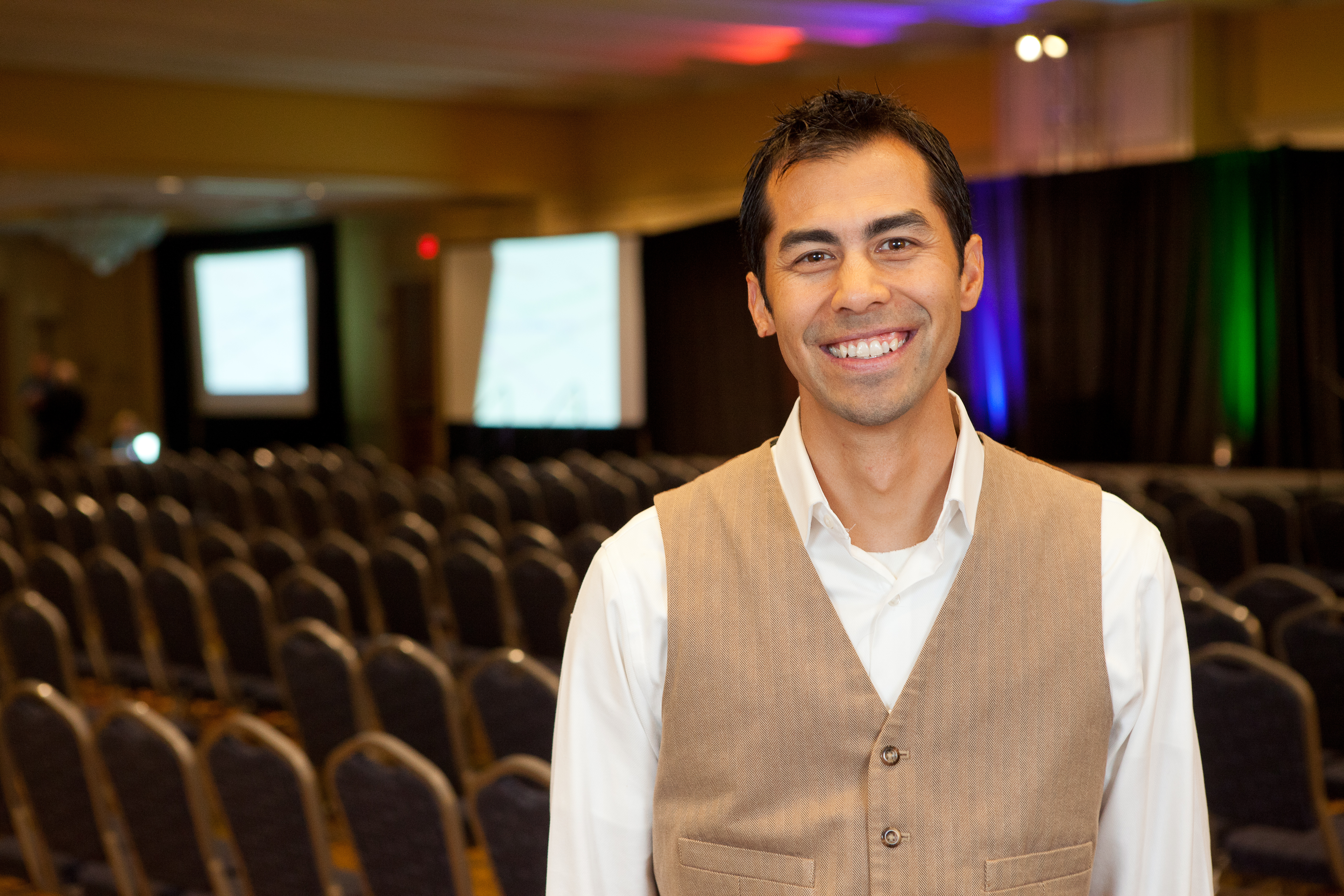
In his deeply personal and profound StreetLeverage – Live 2015 presentation, Status Transaction: The “It” Factor in Sign Language Interpreting, Wing Butler shared his thoughts on the “It Factor” for sign language interpreters. In his exploration of the intangible qualities that raise community esteem for one sign language interpreter over another, Wing also gives us a formula for success. Skills are important, but there are other factors that create the elusive “It” interpreter.
9. Examine Personal Cultural Competence
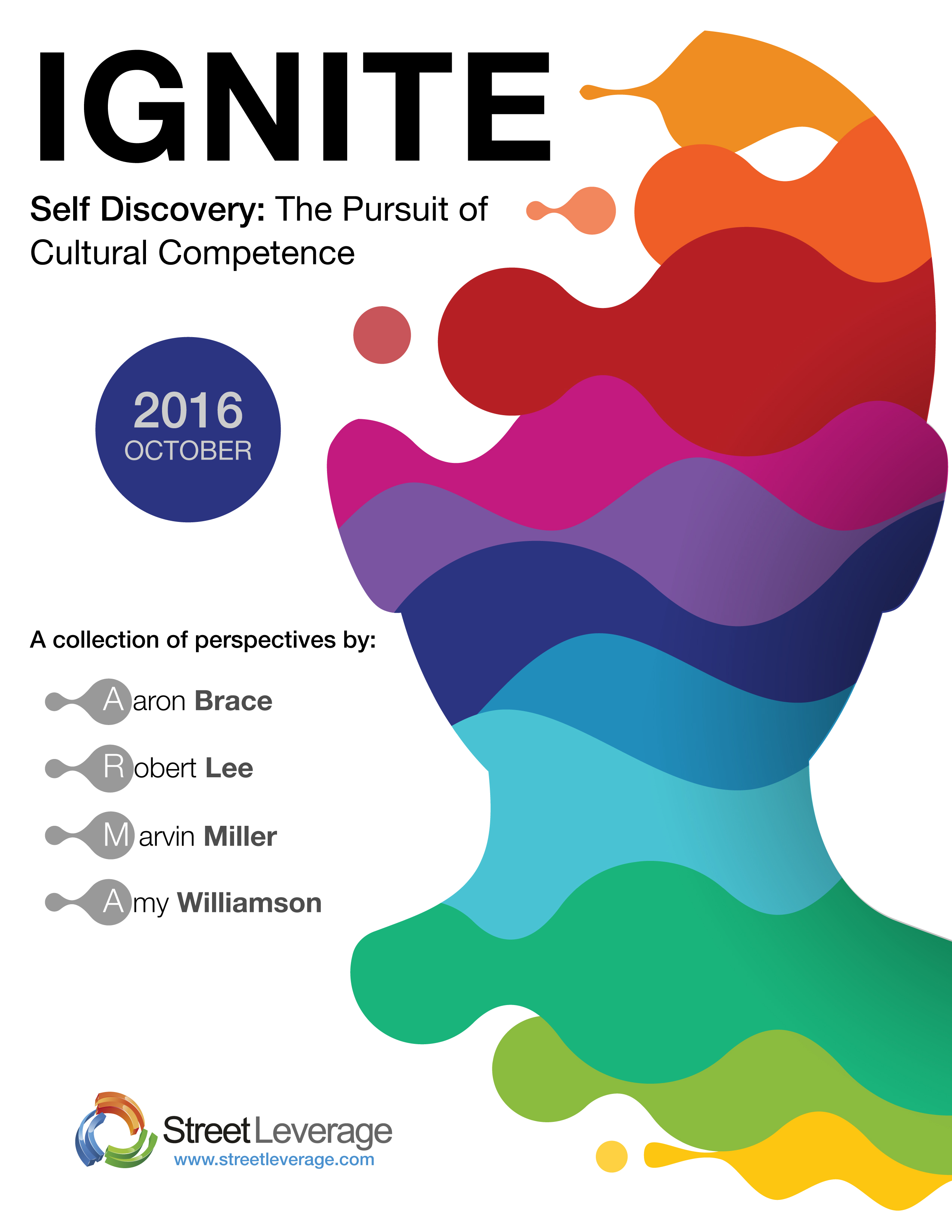
Our final selection is a compilation of exemplary work from some of the brilliant minds in our field. Our 2016 workbook, Ignite, is a collection of posts designed to lead sign language interpreters and sign language interpreting students through a process of self-discovery regarding cultural competence. This free-to-download offering is an opportunity to look at a specific topic through a variety of lenses in order to gain a more well-rounded perspective. We hope this inaugural edition will be the first of many such workbooks.
Please Continue to Join Us in 2017 and Beyond
We hope this look back on 2016 will provide you with some valuable takeaways that can be foundations for a successful year ahead. Again, thank you for your support, sharing, comments, viewings, and readership. We hope you will continue to join us here on the blog and register to come meet us in St. Paul, MN for StreetLeverage – Live. Please join us in raising our glasses in a toast to a bright new year. Welcome to 2017!

